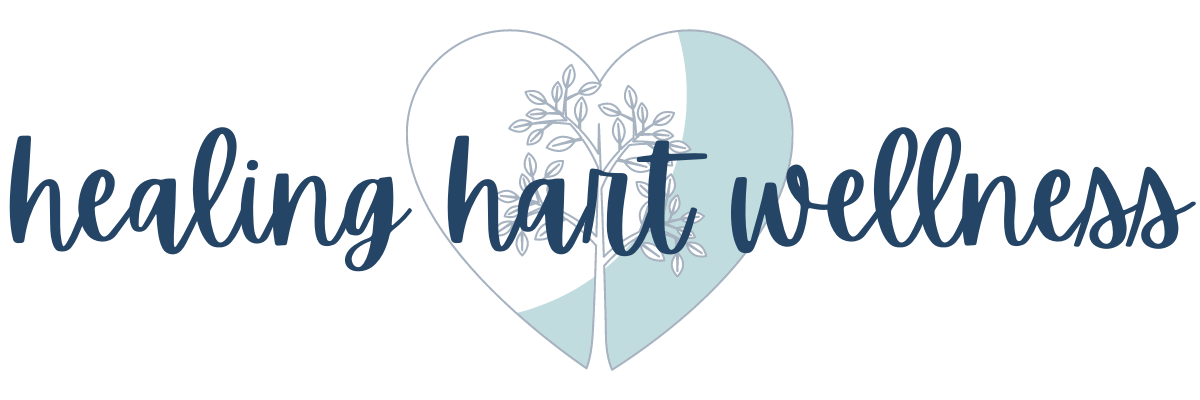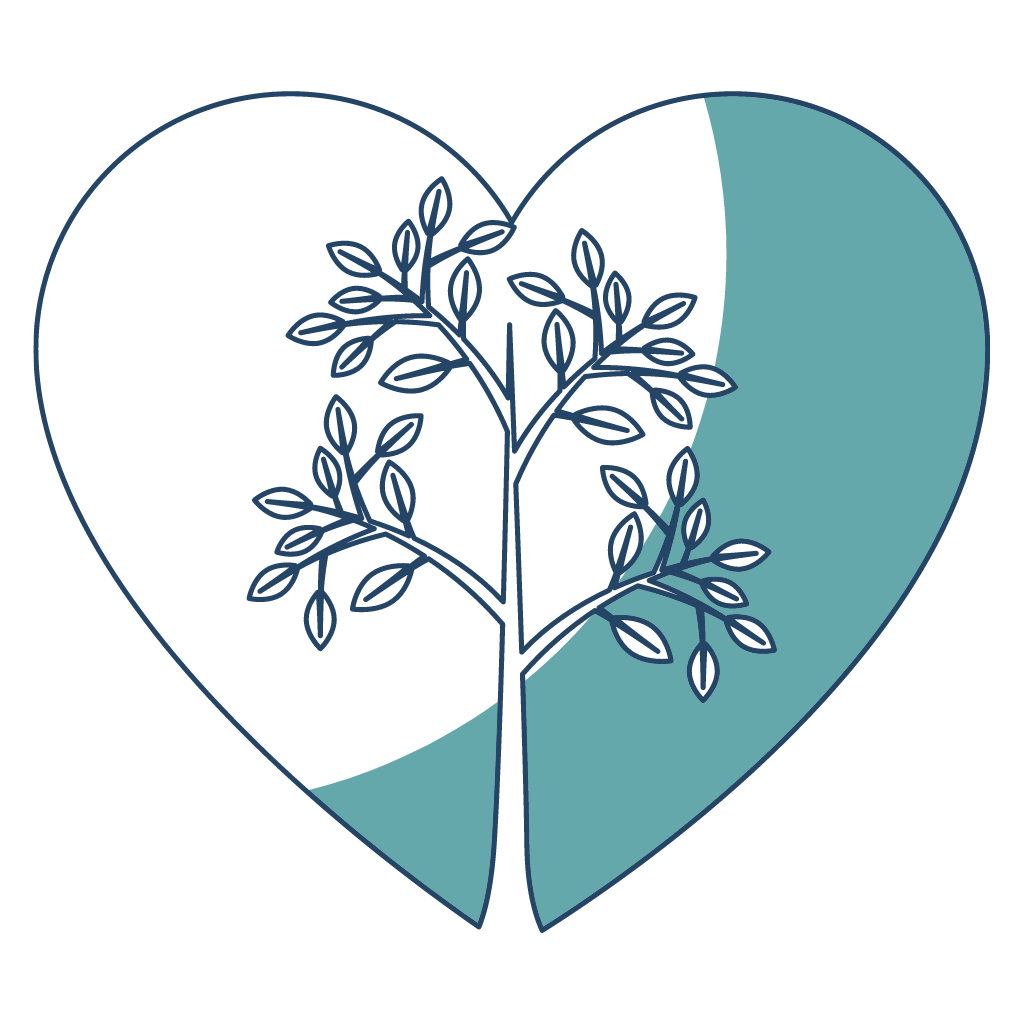
Cope & Connect During COVID-19
You wake up and get yourself some coffee, enjoying the few moments of quiet before you awaken the house. Once you start waking up your child(ren), the day involves making sure they are on their live sessions, helping them check off items on their to-do list, managing a meltdown or two, and corralling them back to their desk to finish their work. You feel pressure to be enjoying these moments, but in reality, you just want them to learn from their teachers at school, and you kind of feel guilty for those feelings. Sound familiar? You are not alone.
The times we are in are not fun-filled vacation times. Your young person is struggling with the disruption in their routine, and I would bet you are dealing with a mix of meltdowns, anxiety, trouble falling asleep, clinginess, difficulty paying attention, change in appetite, sadness, and/or frustration in your home right now. Let me repeat: you are not alone. Right now, your child needs you to help them figure out how to manage their feelings and survive this challenge. Right now, they need you to help them develop skills to cope and to connect. Let’s look at what this means and how to help.
Cope: Young people need to learn skills to manage their emotions in a healthy way. You may have noticed that your child is struggling to use the strategies they found helpful prior to this pandemic. Perhaps they are regressing or having more meltdowns. Let’s explore two different strategies to help your young person learn to cope.

Change Your Perception of Other Drivers on the Road
It is likely that driving is the most dangerous thing you do each day. Even when we’ve reached a point of comfort and boredom with driving, after we’ve acquired some not so safe habits of driving there remains within us a system that stays on high alert. This constant state of underlying vigilance leads us to having higher levels of adrenaline and cortisol. As we drive, little by little, with each time we have to unexpectedly brake or swerve our amygdala is recognizing danger and threat. We should be thankful to have such functions working within us. It is the part of the brain that is on the lookout, protecting us. It is, however, this constant “looking out” that colors our perception of the road, and our perceptions of other drivers.
As a driving instructor I’m am frequently hearing about how terrible all the other drivers on the road are. If this were actually true, there would be far more traffic incidents than already occur. But, with that being said, most of us do have room for improvement (myself included).
There are two things we can understand about our amygdala and it’s function that might help how we perceive other drivers on the road.
Think back to the last time you were on the road. It will probably be easier to recall the person who cut you off without using a turn signal rather than the hundreds who followed the rules of the road. The same brain function that protects us by constantly looking for problems and threats causes us to focus on the more dangerous driving.

